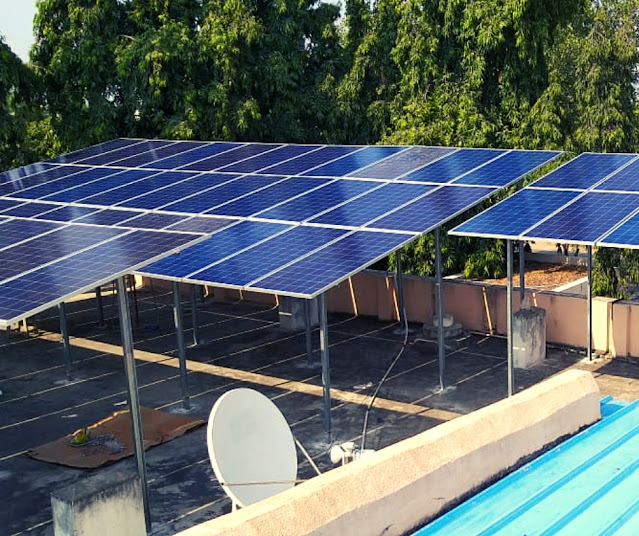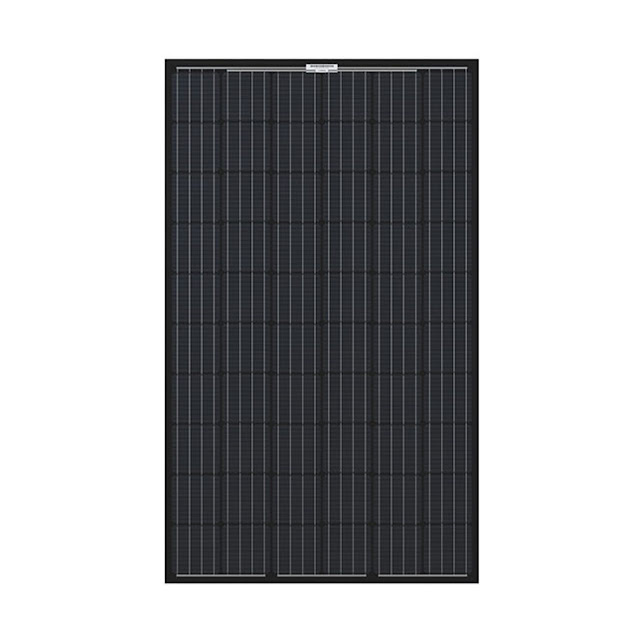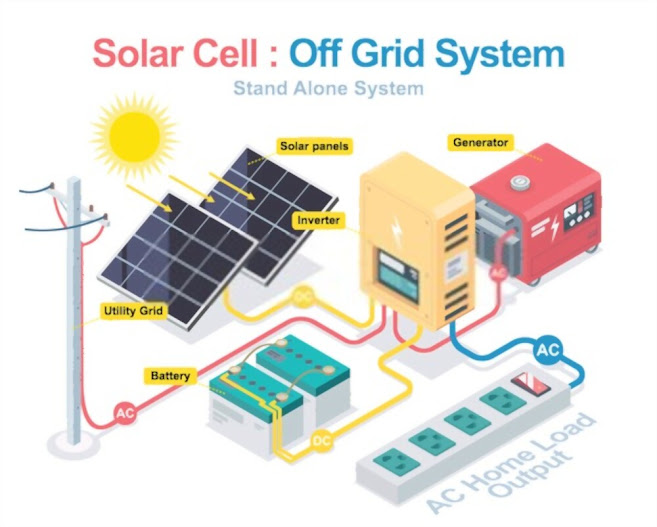Residential Solar Supplier Pasadena TX
Harvesting energy directly from abundant radiation using solar cells is increasingly emerging as a serious component of future global energy strategy, said Mitra. Yet, when it comes to harnessing renewable energy, challenges remain. Expensive, large-scale infrastructures like wind mills or dams are necessary to drive renewable energy sources, like wind or hydroelectric power plants. Purified silicon, also used for creating computer chips, may be a core material for fabricating conventional solar cells. However, the processing of a cloth like purified silicon is beyond the reach of most consumers.
Developing organic solar cells from polymers, however, may be a cheap and potentially simpler alternative, said Mitra. We foresee an excellent deal of interest in our work because solar cells are often inexpensively printed or just painted on exterior building walls and/or roof tops. Imagine some day driving in your hybrid car with a solar array painted on the roof, which is producing electricity to drive the engine. The opportunities are endless in residential solar supplier Pasadena TX.
The science goes something like this. When sunlight falls on an organic photovoltaic cell , the energy generates positive and negative charges. If the fees are often separated and sent to different electrodes, then a current flows. If not, the energy is wasted. Link cells electronically and therefore the cells form what's called a panel, just like the ones currently seen on most rooftops. The size of both the cell and panels vary. Cells can range from 1 millimeter to many feet; panels haven't any size limits.
The photovoltaic cell developed at NJIT uses a carbon nanotubes complex, which by the way, may be a molecular configuration of carbon during a cylindrical shape. The name is derived from the tube's miniscule size. Scientists estimate nanotubes to be 50,000 times smaller than a person's hair. Nevertheless, only one nanotube can conduct current better than any conventional electrical wire. Actually, nanotubes are significantly better conductors than copper, Mitra added.
Mitra and his research team took the carbon nanotubes and combined them with tiny carbon Buckyballs (known as fullerenes) to make snake-like structures. Buckyballs trap electrons, although they can not make electrons flow. Add sunlight to excite the polymers, and therefore the buckyballs will grab the electrons. Nanotubes, behaving like copper wires, will then be ready to make the electrons or current flow in residential solar supplier Pasadena TX.

Using this unique combination in an organic photovoltaic cell recipe can enhance the efficiency of future painted-on solar cells, said Mitra. Someday, I hope to ascertain this process become a cheap energy alternative for households round the world.
Fullerene single wall nanotube complex for polymer bulk heterojunction photovoltaic cells, published summer solstice , 2007 within the Journal of Materials Chemistry by the Royal Society of Chemistry, details the method .




Comments
Post a Comment